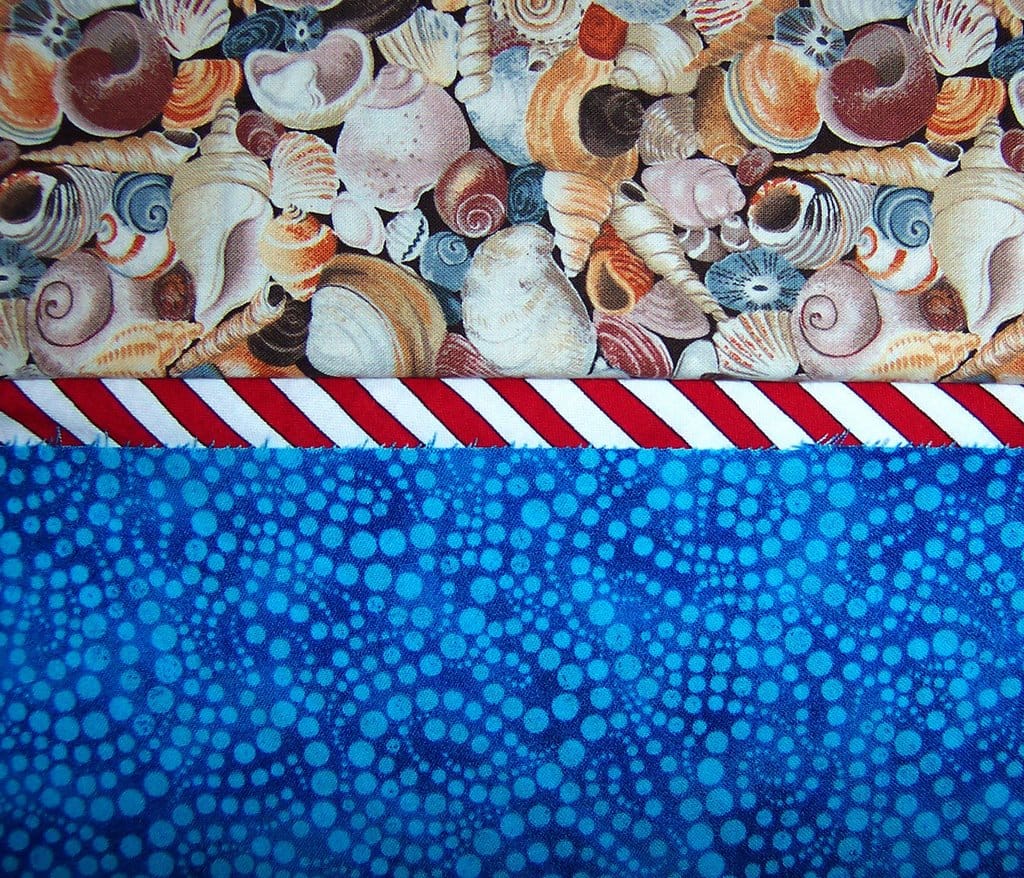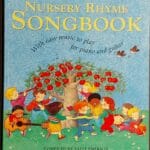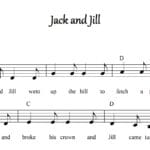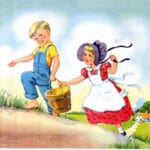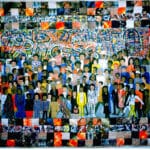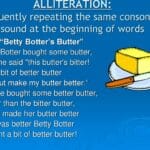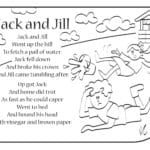The Seashore’s Secret: Decoding “Sally Sells Seashells”
This seemingly simple tongue twister, “Sally sells seashells by the seashore,” is more than just a challenging pronunciation exercise. It’s a captivating glimpse into history, linguistic playfulness, and the possible connection to a remarkable woman named Mary Anning.
The Enigmatic Origins: A Nod to Mary Anning?
The rhyme is widely believed to be a tribute to Mary Anning, a pioneering 19th-century paleontologist. Anning, who collected and sold fossils along the English coast, made significant contributions to our understanding of prehistoric life. This association likely stems from her childhood occupation of collecting and selling fossils, including seashells, to tourists along the Lyme Regis coast in Dorset, England. While a direct link remains somewhat uncertain, the circumstantial evidence strongly suggests Anning’s life and work as the inspiration. Some historians suggest other possibilities, perhaps other “Sallys” selling shells, but Anning’s story resonates deeply with the rhyme’s enduring charm. Ongoing research continues to explore these possibilities and may one day offer more definitive answers.
Mastering the Rhyme: Tips and Tricks
The allure of “Sally sells seashells” lies in its tricky pronunciation. The repeated “s” sounds create a delightful challenge for even the most articulate speakers. Want to conquer this linguistic puzzle? Here’s how:
- Deconstruct the Phrase: Break it down into smaller parts (“Sally sells,” “sea shells”).
- Pace Yourself: Start slowly, focusing on clear articulation.
- Exaggerate Sounds: Over-pronouncing the “s” can help train your mouth.
- Self-Assessment: Record yourself to identify areas needing improvement.
- Consistent Practice: Repetition is key. Gradually increase speed as you gain confidence.
- Embrace Technology: Tongue twister apps can provide helpful practice and track your progress.
This playful challenge also serves a beneficial purpose, particularly for children. It enhances vocabulary, improves pronunciation, and can even be used in speech therapy. Teachers might use it to introduce the inspiring story of Mary Anning, showcasing how passion and perseverance can lead to groundbreaking achievements, regardless of societal barriers.
If you’re hosting a party and need a fun game, you need to check out this scattergories list. It is a great way to test your vocabulary and recall abilities.
From Seashore to Pop Culture: A Cultural Icon
“Sally sells seashells” has transcended its origins to become a cultural touchstone, appearing in songs, movies, books, and various media. This widespread adaptation highlights its enduring appeal and adaptability. It’s a reminder that even simple phrases can hold cultural significance, passed down through generations. The rhyme’s continued presence in popular culture suggests a deep-seated appreciation for wordplay and the lighthearted challenge of mastering tricky sounds.
We often find ourselves lost in translation when a literal translation does not convey the correct meaning. This is where we ask ourselves about the Spanish subjunctive, like salir subjunctive and many other verbs.
What is the Seashell Tongue Twister?
“She sells seashells by the seashore.” This seemingly simple sentence is a classic example of a tongue twister, specifically utilizing alliteration. The repetition of the “s” sound creates a phonetic challenge that delights and frustrates speakers of all ages. Some experts believe the rhyme may be connected to Mary Anning, the pioneering paleontologist. While this connection isn’t definitively proven, it adds another layer of intrigue to the twister’s allure. So, what exactly makes this phrase so tricky? The repeated “s” sounds require precise tongue and lip movements, creating a “traffic jam” in our speech system. This playful struggle is precisely what makes tongue twisters so enjoyable.
Beyond the basic form, extended versions exist, such as “The shells she sells are surely seashells. So if she sells shells on the seashore, I’m sure she sells seashore shells.” These variations intensify the alliterative challenge, increasing both the difficulty and the fun.
Tongue twisters aren’t just amusing word games; they’re valuable tools for improving speech clarity and fluency. Actors, singers, and public speakers often use them as vocal warm-ups, honing their pronunciation and vocal control.
| Feature | Description |
|---|---|
| Type | Tongue twister |
| Linguistic Device | Alliteration (repetition of the “s” sound), Assonance (repetition of vowel sounds) |
| Difficulty | High |
| Historical Connection | Possibly linked to Mary Anning, a 19th-century fossil collector |
| Purpose | Entertainment, speech improvement |
| Variations | Extended versions exist, increasing complexity. |
What Does “Sally Sells Seashells by the Seashore” Mean?
“Sally sells seashells by the seashore” evokes a charming image of a seaside vendor offering ocean treasures. But this seemingly simple phrase is likely more than just a picturesque scene. It’s a probable tribute to Mary Anning, a groundbreaking paleontologist who defied societal expectations and made significant contributions to science in the 19th century. Anning collected and sold fossils, including seashells, along the coast of Lyme Regis, mirroring the imagery of the rhyme.
The rhyme’s clever wordplay utilizes alliteration (repetition of “s” sounds) and assonance (repetition of vowel sounds) to create its tongue-twisting effect. This playful difficulty makes it memorable and entertaining for all ages.
“Sally sells seashells” has permeated popular culture, appearing in songs, children’s books, and various media. This demonstrates its timeless appeal and adaptability across generations and art forms.
While the Mary Anning connection is widely accepted, ongoing research continues to explore the rhyme’s exact origins. Some experts suggest the rhyme may have evolved over time, with slight variations emerging through retelling. Perhaps there were other seashell sellers who contributed to the rhyme’s development. This element of mystery adds to the rhyme’s fascination, reminding us that history is an ongoing process of discovery.
| Aspect | Description |
|---|---|
| Phrase | Sally sells seashells by the seashore |
| Possible Inspiration | Mary Anning, a 19th-century paleontologist |
| Linguistic Features | Alliteration, Assonance |
| Cultural Impact | Appears in songs, books, and other media; a well-known tongue twister. |
| Ongoing Research | Further investigation into the phrase’s origins is ongoing. |
Does She Sell Sea Shells on the Sea Shore?
The tongue-twisting rhyme, “Sally sells seashells by the seashore,” is more than just a playful phrase. It’s likely a tribute to Mary Anning, a remarkable woman who overcame societal barriers to make significant contributions to science.
Anning, who lived in Lyme Regis, England, in the early 1800s, supported herself by collecting and selling fossils, including seashells, along the coast. Her keen eye and dedication led to groundbreaking discoveries, including the first complete Ichthyosaur skeleton. These findings challenged existing scientific understanding and revolutionized our knowledge of prehistoric life.
While definitive proof remains elusive, the connection between Mary Anning and the “Sally sells seashells” rhyme is widely accepted. It serves as a tribute to her resilience and ingenuity in a field dominated by men.
Over time, the phrase evolved into a popular tongue twister, challenging speakers with its alliteration. Its enduring appeal is evident in its appearance in children’s books, songs, and even contemporary music.
A likely timeline of the rhyme’s evolution:
| Time Period | Description |
|---|---|
| Early 1800s | Mary Anning collects and sells fossils, possibly inspiring the phrase. |
| Mid-Late 1800s | The phrase probably circulates locally. |
| Early 1900s | “Sally sells seashells by the seashore” gains popularity. |
| Modern Day | The rhyme appears throughout popular culture. |
While the precise origins of the rhyme remain somewhat mysterious, the connection to Mary Anning is a compelling narrative of scientific discovery, perseverance, and the unsung heroes who shape our understanding of the world. It reminds us that scientific breakthroughs can come from unexpected places and that passion and a keen eye can lead to extraordinary contributions.
- Unlocking Francis Alexander Shields’ Finance Empire: A Comprehensive Biography - July 12, 2025
- Unveiling Francis Alexander Shields: A Business Legacy - July 12, 2025
- Francis Alexander Shields’ Business Career: A Comprehensive Overview - July 12, 2025
